Caution
The Modi spell is intact in Maharashtra but Jat anger tilts the balance in Haryana
 PR Ramesh and Ullekh NP
PR Ramesh and Ullekh NP
 PR Ramesh and Ullekh NP
|
25 Oct, 2019
PR Ramesh and Ullekh NP
|
25 Oct, 2019
/wp-content/uploads/2019/10/Elections1.jpg)
Narendra Modi and Amit Shah at the BJP headquarters, Delhi, October 24 (Photo Ashish Sharma)
BY EVENING ON OCTOBER 24TH, WHEN IT WAS CLEAR that the BJP-led National Democratic Alliance (NDA) was forming governments in Maharashtra and Haryana, where the poll scores of the party trailed high expectations amid a massive media-fuelled build-up, Prime Minister Narendra Modi told crowds at the party headquarters in New Delhi that it was no mean feat to get consecutive terms in power at a time when there was so much scrutiny in public life. “These are unprecedented victories. It is a big deal to get re-elected,” he told party functionaries matter-of-factly, in an apparent swipe at talk of the gap between the hype and the reality in the BJP’s electoral prowess. “I have worked for many years in Haryana… whenever we aligned with anyone, it had to be on their terms and conditions,” Modi said, confirming that times have changed.
The night before the results to the state Assembly elections were to be announced in Maharashtra and Haryana, two states that have witnessed continual protests by numerically preponderant communities demanding quota in jobs and education until recently, a senior Congress leader told Open nonchalantly, “Sleep easy, bro. No miracle is expected to happen tomorrow [October 24th].” For his part, psephologist and politician Yogendra Yadav went public with a similar pronouncement and tweeted the link to a write-up from a news website, ‘You don’t need to waste Thursday [October 24th] morning watching the counting of votes for Haryana and Maharashtra. The result is as good as known. Unless you are a politician with local interest, a political junkie invested in minutiae or a bookie with a bet, you are interested in the big picture. And that has been clear right from the word go in this round of assembly elections.’ These confident statements mirrored the majority of exit poll forecasts, which appeared credible in the light of the upper hand that the BJP now enjoys in terms of perception as a political entity that is invariably in an election mode.
“At a time when public expectations are very high, governments are usually perishable commodities…both chief ministers have bucked this trend,” said Narendra Modi after the assembly election results, October 24, 2019
The ruling coalition leader has been in the pole position thanks to its national resurgence over the past six years and the fragmentation of the opposition, especially after its demoralising defeat in the 2019 General Election that saw a centralised and well-executed poll blitz ensuring an emphatic victory for the Narendra Modi-led electoral armada steered to perfection by BJP chief Amit Shah in collaboration with the Rashtriya Swayamsevak Sangh (RSS), and thousands of volunteers in the field. In size as well as in the dissemination of information, the booths-level poll machinery of the BJP was incomparable with that of any in the opposition. The NDA’s focus on a raft of issues from nationalism and welfare politics to a thrust on pulling in caste groups left out by the post-Mandal social engineering exercise, besides others, meant that the Modi government cruised back to power for a second term. The margin of victory the BJP pulled off in a large number of seats in the Hindi belt, especially in Uttar Pradesh where two major regional parties had joined hands hoping to end Modi’s spell over the electorate in that state, underscored the BJP’s organisational prowess.
Despite such a resounding triumph at the hustings, the ruling federal coalition, especially the BJP, continued being on an election mode and churned out what appeared to be cogent messages for its constituents, not letting any opportunity slip in shaping public opinion and mobilising crowds in a style that suited its politics and ideology. The posturing on Article 370, the National Register of Citizens (NRC) and so on, was for all to see. In contrast, the opposition, in disarray following a humiliating drubbing, led by shaken leaders like Nehru-Gandhi scion Rahul Gandhi, left it to its weather-beaten local leaders and resourceful allies to put up a fight this time round. As a result, leader-writers and election analysts ended up blaming Modi’s political rivals, much in advance, for failing to harness any sentiment against incumbents in Maharashtra as well as in Haryana where the ruling state government was destined to battle numerous odds.
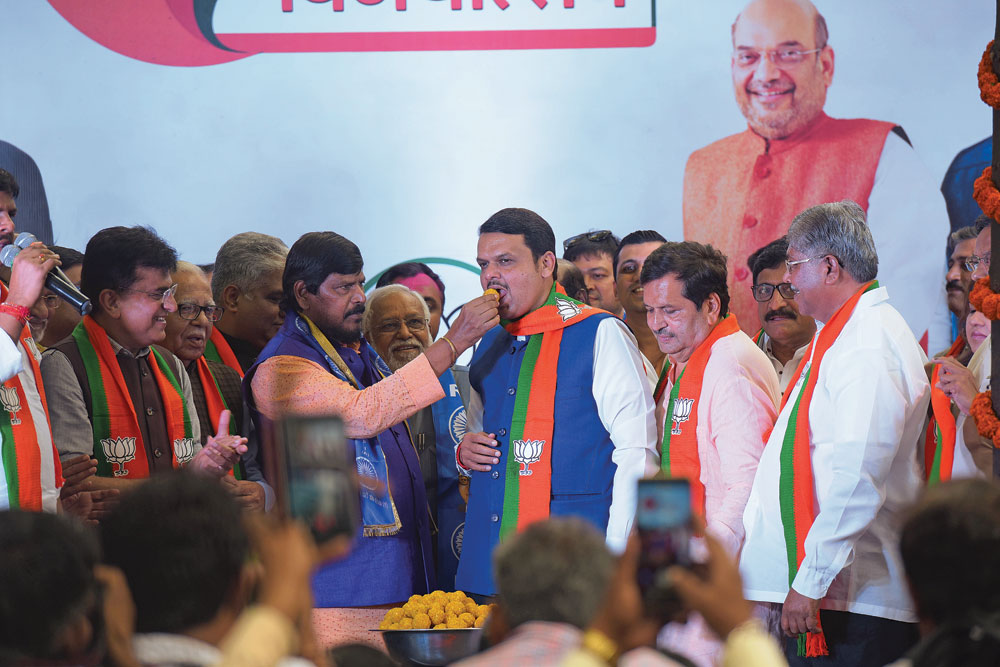
Clearly, the message from the two states was not as blunt as what the Congress leader, who spoke on condition of anonymity, and Yogendra Yadav had anticipated. It wasn’t yet a cakewalk for the BJP from national dominance to hegemony, as projected by many political analysts who were impressed by the party’s consistent inorganic growth and booth-level micromanaging to stay ahead of the race. In the last General Election, the binary between the victor and the loser was so stark that it is a case study for an election that saw the decimation of one side by the other, as opposed to poll battles that result in costs to both sides. The enormity of the victory for Modi and his party is comparable only to that of Jawaharlal Nehru’s consecutive wins in his prime ministerial years when a party with an absolute majority that completed a full term in office returned to power for two straight terms. However, in these twin state polls, local issues dominated the poll debate. In the end, the results threw up a surprise and the voter’s message was clear: that he or she cannot be taken for granted.
It is certainly the most basic lesson in Politics 101: that every election is different from the other. The General Election saw the towering presence of Modi and the BJP’s slogans of the day, from nationalism to welfare schemes and stability to credibility, striking a chord with the people. State elections tend to be different as evident from the 2014 experience when the people of Delhi voted overwhelmingly for Modi in the General Election but favoured the Aam Aadmi Party (AAP) in a landslide in the 2015 state polls. Similar was the trend in the Bihar assembly polls later in the same year, following a massive wave that had brought Modi to power in 2014.
Fadnavis earned a reputation as a do-gooder and charismatic politician. He is now the first Maharashtra Chief Minister in 50 years to be re-elected for a second term
Since the 2019 win, the Centre has been able to offset loss of political mileage over the economic downturn and talk of rural distress by turning the tables on the opposition with its bold decision to get rid of special provisions that Jammu and Kashmir (J&K) enjoyed thanks to Article 370 of the Indian Constitution. It revoked the provisions and bifurcated the state into two Union Territories, one with a state Assembly and the other without. The reorganisation of the state comes into effect on October 31st, 2019. The BJP has had an edge in implementing measures, including welfare schemes, which captured the public imagination. In the process, public perception veered towards the Government and it was largely seen by a huge section of the people as a dispensation that can be trusted with governance, foreign policy and the security of the country. The aggressive stance against state-sponsored terrorism by Pakistan also strengthened its position. All this coincided with the BJP growing in alliance with potential partners across the country. For a party that in 2013 was in power in five states (Gujarat, Madhya Pradesh, Rajasthan, Chhattisgarh and Goa) and an alliance partner in two more (Bihar and Punjab), it was in power in 21 states last year. The states under its fold are home to close to 70 per cent of India’s population. Besides a simple majority in the Lok Sabha, its tally in the Rajya Sabha too is on the rise, making it easy for the ruling party to pass even contentious bills.
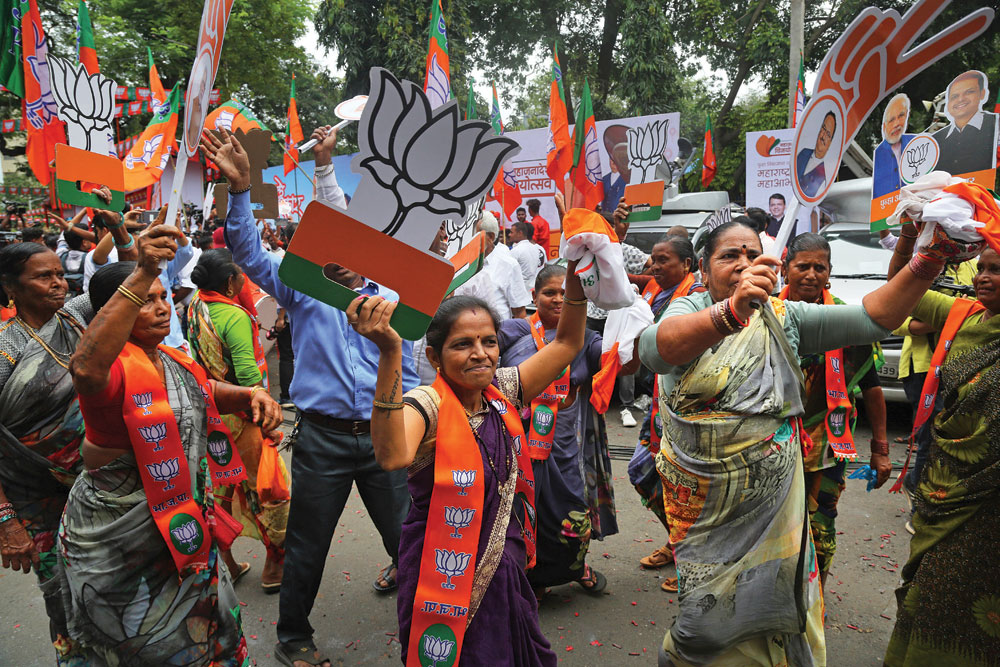
In Maharashtra, as new Chief Minister in 2014, Devendra Fadnavis had to face a thorny problem: the Maratha wrath. This followed a high court verdict that quashed separate quotas in jobs and educational institutions for Marathas that the previous Congress-NCP government had approved. The protests turned violent over time putting the BJP-Shiv Sena government in a bad spot. For a non-Maratha Chief Minister, it was a significant challenge to his government. Fadnavis finally decided to placate the agitators who account for close to 30 per cent of the state’s population. Maharashtra is India’s biggest state economy and is home to India’s commercial capital, Mumbai. To his delight, the high court endorsed his decision this year to pacify the protesting groups by awarding the reservation. Barely a few months before the polls, the Bombay High Court upheld the state government’s law but capped the quota for Marathas in education at 12 per cent and in jobs at 13 per cent. The state also saw massive farmer protests that had brought Mumbai city to a standstill. Notwithstanding such hurdles, Fadnavis earned a reputation as a do-gooder and a charismatic politician. He is now the first Chief Minister in 50 years to be re-elected for a second term. On his watch, the BJP also began to assert itself in its association with the allies. The BJP, while insisting on transparency from allies and its own ministers in the cabinet, has been acting on its own terms regarding policies. Indications from Modi’s speech at the BJP headquarters are that he may not agree to offer too many concessions even now.
The man of the moment for the Congress in Haryana is Bhupinder Singh Hooda who threatened to leave. Sonia Gandhi had to pacify him to remain in the party
In Maharashtra, although the Congress and the Nationalist Congress Party (NCP) were expected to do badly, the opposition partners have defied estimates to make gains from the last elections as an alliance. The NCP, thanks to its star campaigner and former Congress veteran Sharad Pawar, aged 79, has become the stronger ally of the two in the state that was once the bastion of the Congress. This election is expected to be Pawar’s last full-fledged major election campaign. Pawar had been ruled out as a spent force by many pundits and they are proved wrong by the doughty former Union Minister and Maharashtra Chief Minister, whose NCP has won more seats in the 288-member state Assembly compared with the Congress.
The ruling combine in the state sought to pull in votes by bringing up the demand for conferring the country’s highest civilian honour, the Bharat Ratna, to VD Savarkar, who popularised the name Hindutva and laid the foundations of the Hindutva line of political thought in the country. Interestingly, under Amit Shah, who is a great admirer of Savarkar, the BJP has moved from the traditional political line followed by the RSS to a Savarkarite viewpoint that was more reformist and includes greater representation of the have-nots, especially the culturally marginalised sections of Hindu society. Although the RSS, too, had moved in that direction, insiders say that under Shah, the BJP has taken a ‘Savarkarite’ turn at a faster clip, offering political rehabilitation to those who were on the fringes of society and remained outside of political mainstream. It is, they argue, evident from the way Shah had won over those communities that felt left out of the social engineering programmes of the 1990s.
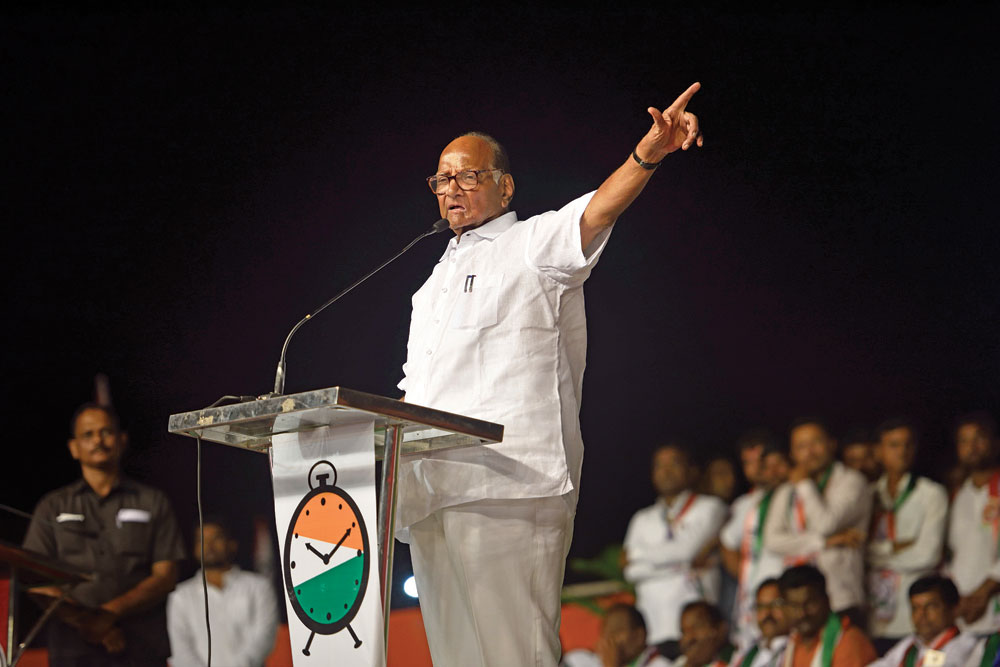
Under Modi and Shah, the BJP has become an entity that changes the rules of engagement in politics and does not seek to stereotype itself in the ‘political correctness’ that, within the Sangh Parivar, has been seen as a highlight of pseudo-secularism. Under them, the party broke out of the Muslim veto that was central to policy decisions and the political discourse for long. That they had the numbers and the political will to forge ahead with their plans—including the scraping of Article 370—made a lot of difference to the country’s politics. Speaking out in favour of the construction of the Ram Temple and for championing various other causes considered important by Hindus was no longer looked down upon. Political analysts feel that despite the surprise in these elections, the NDA Government is expected to go ahead with its long-term goal for a Uniform Civil Code.
ON CLOSE EXAMINATION, the elections to the Maharashtra and Haryana Assemblies also bring to the fore the shortcomings of the opposition, which could have done better. While the BJP has managed to retain power in the former state with ease and braved all the odds, what contributed to the performance that trailed expectations in Haryana was primarily the disenchantment among the Jat landowning community who account for close to 25 per cent of the state’s population and are influential in over 40 of its 90 Assembly seats. Chief Minister Manohar Lal Khattar, a non-Jat, had fielded fewer candidates from the Jat community compared with the previous state polls. Compared with 24 last time, the BJP fielded 19 this time round. The Jats were at the forefront of an agitation demanding quotas in jobs and education. Later, they felt that the Khattar government was seemingly anti-Jat in its policies and outlook. In terms of caste arithmetic, that hostility became an advantage for the opposition although last-minute rallies by Modi offered favourable political tailwinds for Khattar. The man of the moment for the opposition in Haryana is former Chief Minister Bhupinder Singh Hooda who had rebelled against Rahul Gandhi over his apparent efforts to sideline him, and as a result the internal dynamics of the Congress remained in flux after he threatened several months ago to take a decision following consultations with his supporters. Sonia Gandhi, who had to return as Congress president after her son stepped down from the post under pressure from the party’s old guard, had to pacify Hooda before he agreed to remain within the Congress.
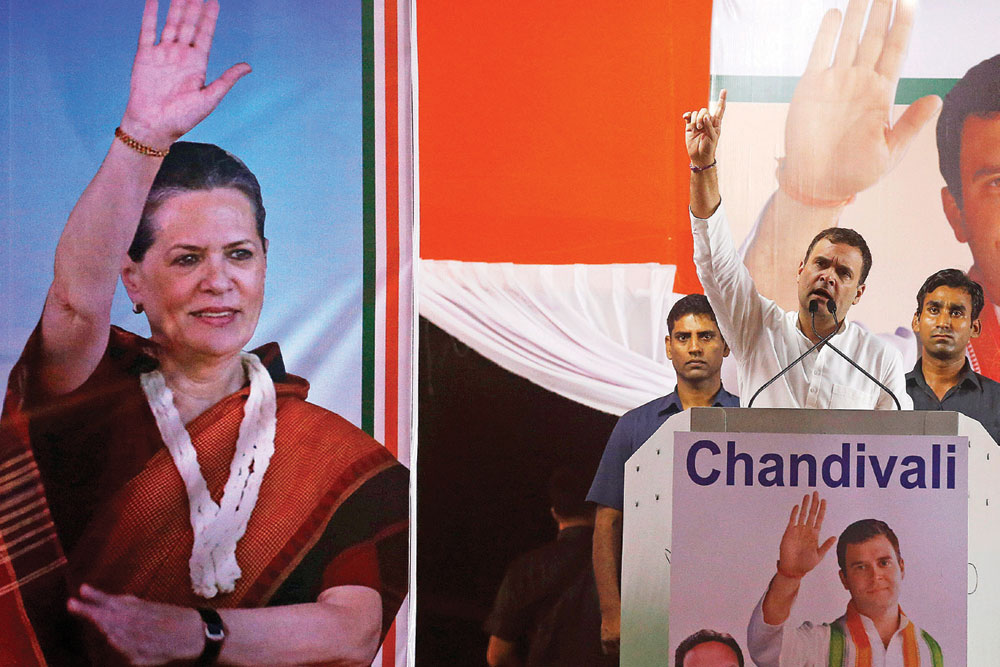
The Jats of Haryana, like the Marathas of Maharashtra, are not only middle classes but also dominate communities that had historically been averse to meddling by any central leadership. They preferred leaders of their own at the helm. Devi Lal and others were early leaders in Haryana. The acceptance of Pawar only shows that the trend hasn’t disappeared in Maharashtra either. For Rahul Gandhi and the younger leadership of the party that includes his sister Priyanka, this ought to be a lesson in humility—this verdict is a rejection of their priority to get rid of the older generation of leaders and replace them with novices. That experience counts in politics is re-emphasised by these results, especially in the light of Hooda’s re-emergence as a power centre in the state. He told a TV channel that the Congress would have won a full majority if he had more time to campaign, a view that was shared by senior party leader Ghulam Nabi Azad. Azad said the Congress would have performed much better if Hooda had been in action six months earlier.
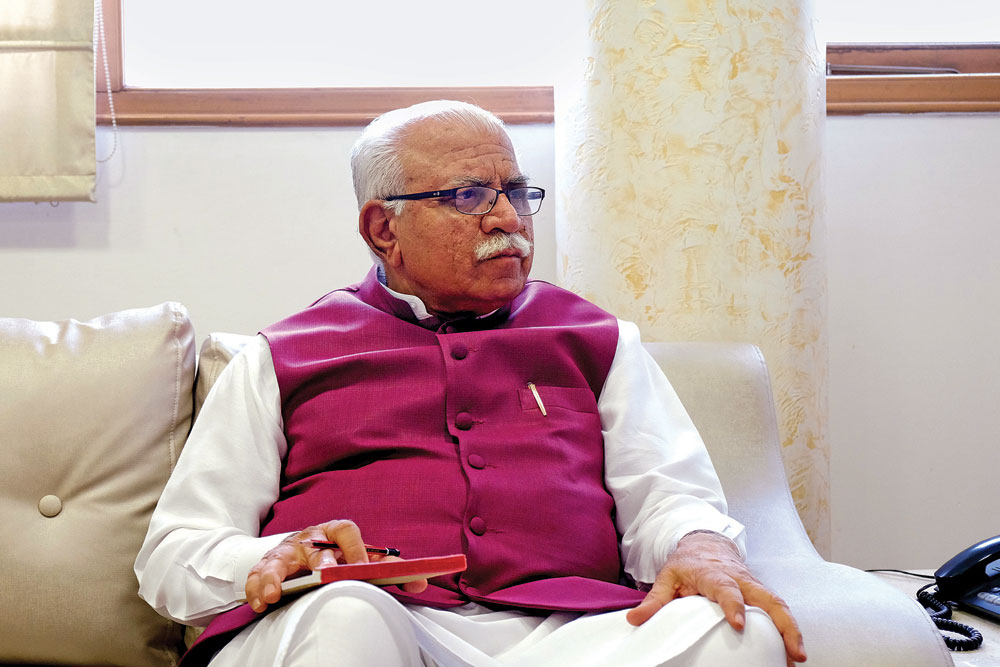
“I would say we were at the receiving end of Jat revenge,” a senior BJP leader told Open following an unexpected gain for Dushyant Chautala’s Jannayak Janata Party (JJP). Dushyant, great-grandson of Devi Lal and grandson of former Haryana Chief Minister Om Prakash Chautala, would now play the role of kingmaker in the state. The BJP had followed a ‘35 banaam 1 [35 versus 1]’ strategy, hoping to reap benefits of pitching 35 other castes against the Jats in the state. That strategy hasn’t worked as well as expected. Several key members of the Khattar cabinet have lost, many of them by big margins as the Jats voted cleverly—they voted for the Congress in seats where Hooda, a Congress warhorse who was persona non grata for Rahul Gandhi, is influential and for the JJP in constituencies that were strongholds of the Chautalas.
With Khattar, a Punjabi, staking claim to form the government, the BJP is expected to form the government by striking a bargain with likeminded legislators—the BJP has proved to be masters of the game when it comes to government formation, quite evident from how it cobbled together post-poll alliances in the past in J&K and in the Northeast. The BJP seems on its way to getting the numbers in Haryana with its rebels, some Independents and the Chautalas appearing ready to do business with the party. An important detail pointed out by Shah is that the BJP scored 3.5 per cent more than the last polls in Haryana.
The BJP was at the receiving end of a ‘Jat revenge’ in Haryana, given the unexpected gain for Dushyant Chautala’s JJP. The BJP had followed a strategy of pitching 35 other castes against Jats
In Maharashtra, back-to-back press conferences by the partners of the winning combine show that both the BJP and the Sena are looking towards making the most of the situation. The Sena, which has done well, would now want a larger share in cabinet allocation. Uddhav Thackeray sought a 50-50 deal in power and went to the extent of stating that even the chief minister’s post could come under the purview of negotiations. Chief Minister Fadnavis had hoped the alliance would win 220-240 seats. Fadnavis said that some 15 Independent MLAs who were BJP rebels have expressed their desire to return to the BJP, suggesting that he could muster more numbers than he already has. But Fadnavis, known for his cultivated charm, hastened to add that “We are not those who bargain. BJP and Shiv Sena share the same ideology.” The Sena is one of the BJP’s oldest allies but their ties have strained over time, owing mostly to the BJP gaining in electoral strength in Maharashtra. A BJP leader from Maharashtra told Open, “The Sena can’t expect the kind of treatment that Balasaheb Thackeray used to get from us at a time when we were a smaller ally in the state and part of a coalition experiment at the Centre. Times have changed. Thackeray Sr was an icon and others should not hope to get his kind of popularity and acceptance from all.” During seat-sharing discussions over the last six years, the BJP had virtually cold-shouldered the Sena into accepting what it offered them. “Yes. It is a big departure from the time of Bal Thackerayji, but we can’t help it,” the BJP leader added, emphasising that when Atal Bihari Vajpayee was Prime Minister, he had to wait for Thackeray at his home at Bandra. Aaditya Thackeray, Uddhav’s son, is expected to land an important post in the cabinet. He is the first from the Thackeray household to enter electoral politics.
A BJP leader emphasised that it is thanks to the Prime Minister’s schemes that the BJP was able to retain power in these two states. “Let’s not forget there was anti-incumbency and no party can wish away that factor. This result will prompt our state leaders to work harder and the party not to pitch turncoats and new hires in elections,” the leader noted.
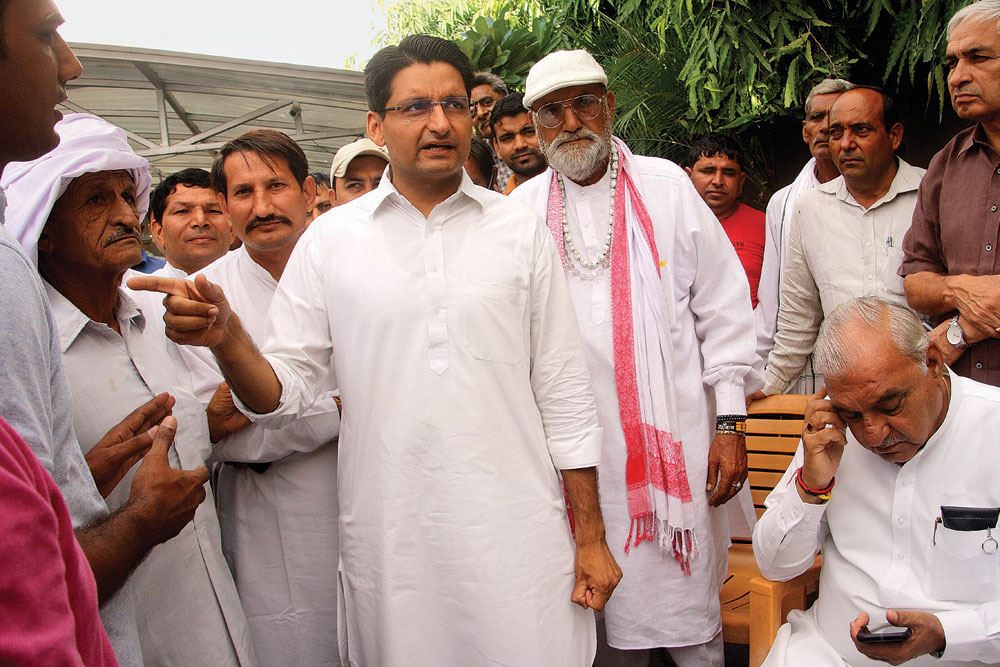
AS FAR AS THE Congress is concerned, it needs to bridge the gap between words and action much further, says a senior Congress leader who has not been happy with the way the party has been behaving in opposition. “We can’t still remain depressed about a poll setback. We have to work as a responsible opposition with the help of other like-minded and secular parties to take on the might of the BJP which is showing signs of fractures,” he claims. According to him, many lateral recruits to the party have not helped navigate the party in the proper direction. “By proper direction, I mean, strengthening the party in the states and not consolidating power at the Centre alone. Anyone who doesn’t do that is doing a great harm to the party. The BJP is growing because it has efficient leaders to execute ambitious plans. It also can fall back on the network of the RSS. The Congress should revitalise itself on a war-footing to stay ahead of the race,” he opines. He was tight-lipped about the talk of growing fissures between Rahul and Priyanka Gandhi. Priyanka, vice-president of the party in charge of eastern Uttar Pradesh, did not campaign for the bypolls in India’s most populous state. Within the Congress, various senior leaders have accused lateral entrants of misleading the national leadership. In fact, the impression that was created by certain ‘war-room managers’ was that the Congress was poised to win the 2019 General Election by a huge margin. They went off the mark, but some of them are still retained in the party. Sanjay Kumar is one such recruit. He has written Katihar to Kennedy: The Road Less Travelled, an autobiographical account of his journey from Katihar in Bihar to the Harvard Kennedy School. Former JNU student Sandeep Singh is another. They advise Rahul Gandhi on politics and write his speeches, many of which don’t gel well with the public. From bad optics to poor management of party affairs to the uninspiring content of Gandhi’s speeches, the blame has fallen on such new faces in the party. However, there are those who say that such people are there in every party. “It is true that awkward moments are created by political advisers (who are not clued in on sensitive subjects such as Ayodhya and Kashmir) and banking on them much and sidelining people with a lot of experience is foolish,” a Bangalore-based Congress leader told Open. Meanwhile, the bypoll results were also out from across India on October 24th.
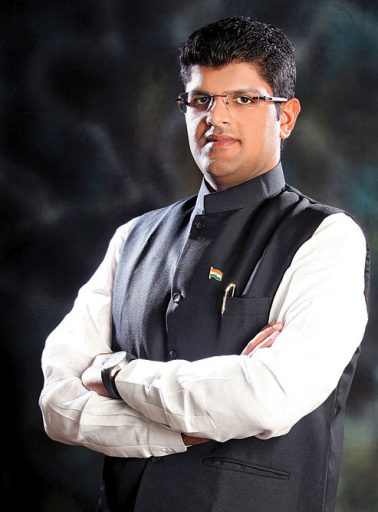
ESPITE THE FLAWED political narrative pushed by a section of the Congress leadership, what has come for a pleasant surprise for the UPA is the performance of Pawar who campaigned tirelessly for the alliance in the state that he knows like the back of his hand. During the campaign, he refused to stop his speech despite the heavy downpour on October 19th in Satara, confirming that this is a politician who has it in him to bounce back and overcome adversity. That video of a drenched Pawar speaking for his candidate whose opponent is a BJP leader who was formerly with his party had gone viral. The NCP has won from Satara, trouncing BJP leader Udayanraje Bhosale.
Pawar told ANI after results started coming out, “The opposition has worked hard and all members of Congress-NCP and allies have delivered and given their best. I thank them all. Power comes, power goes but it is important to remain committed to a cause and we thank people for the love they showed.” Pawar, who became the Chief Minister of Maharashtra when he was barely 38, was once a contender for the Prime Minister’s post. He had held key positions at the Centre and in the Congress before he parted ways to float his own party in 1999 over his opposition to the idea of naming a foreign national as prime minister. However, he joined the UPA after the 2004 elections. On joining politics, he had written in his autobiography On My Terms: ‘Looking back, I realise that entering politics was the natural progression of my sustained inclination of public activities.’ A seasoned leader of many battles, he has not disappointed anyone in his biggest battle yet. Interestingly, after leading from the front in a last-ditch effort to breathe new life into his party that was facing a rout, the three-time Chief Minister’s NCP is now the Big Brother in the state UPA. He accepted the defeat of his coalition in the state with grace. “People have asked us to sit in the opposition. The thought of trying to get into power doesn’t even cross our minds. We will work to expand our base,” he said in response to queries whether or not he would explore options to form the government which included tying up with Shiv Sena.
Meanwhile, Prime Minister Narendra Modi, who continues to be his party’s most forceful campaigner, tweeted thanking the people of Haryana and Maharashtra for their support: ‘People of Maharashtra have blessed the NDA with immense affection. We are humbled to have got the people’s support yet again. Our work towards Maharashtra’s progress continues! I salute each and every Karyakarta of the BJP, Shiv Sena and our entire NDA family for their hardwork… I thank the people of Haryana for blessing us. We will continue to work with the same zeal and dedication for the state’s progress. I laud the efforts of hardworking Karyakartas who toiled extensively and went among the people to elaborate on our development agenda.’ Shah had earlier tweeted congratulating party leaders of both states.
Later in the day, just after 7pm, both Modi and Shah waved at the crowds that had gathered at the BJP’s headquarters in Delhi and then addressed them amid ecstatic chants of ‘‘Bharat Mata ki Jai”. The Prime Minister flaunted the ‘V’ sign with his left hand as he entered the office as his supporters craned their necks to get a glimpse of him. Speaking on the occasion, Shah said the poll outcome was a popular endorsement of the welfare and development initiatives of Modi 2.0. Modi, speaking next, noted that he was humbled by the verdict of the people who voted for his party.
Perhaps the most apt summing up of the election results came from the Prime Minister himself when he said: “At a time when public expectations are very high, governments are usually perishable commodities. A new party is voted to power. But both Chief Ministers have bucked this trend… Pundits will do well to remember that Haryana was never a BJP territory.” On Fadnavis and Khattar, Modi remarked: “They were never part of any government and did not have administrative experience. But both performed remarkably well in the past five years and helped the party to retain governments.” It is indeed a big deal to retain power when the pressure on incumbents has only grown in recent years. The so-called hype, after all, was from the perspective of largely a TV audience. In reality, the BJP, along with its allies, has just retained power in one of India’s largest states and appears to be in a position to retain power in another state. If it has lost anything, it is only its own ambition.
About The Author
MOst Popular
3

/wp-content/uploads/2025/07/Cover_Crashcause.jpg)





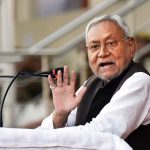
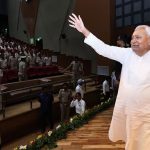


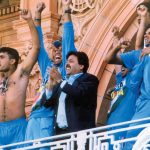


More Columns
Bihar: On the Road to Progress Open Avenues
The Bihar Model: Balancing Governance, Growth and Inclusion Open Avenues
Caution: Contents May Be Delicious V Shoba